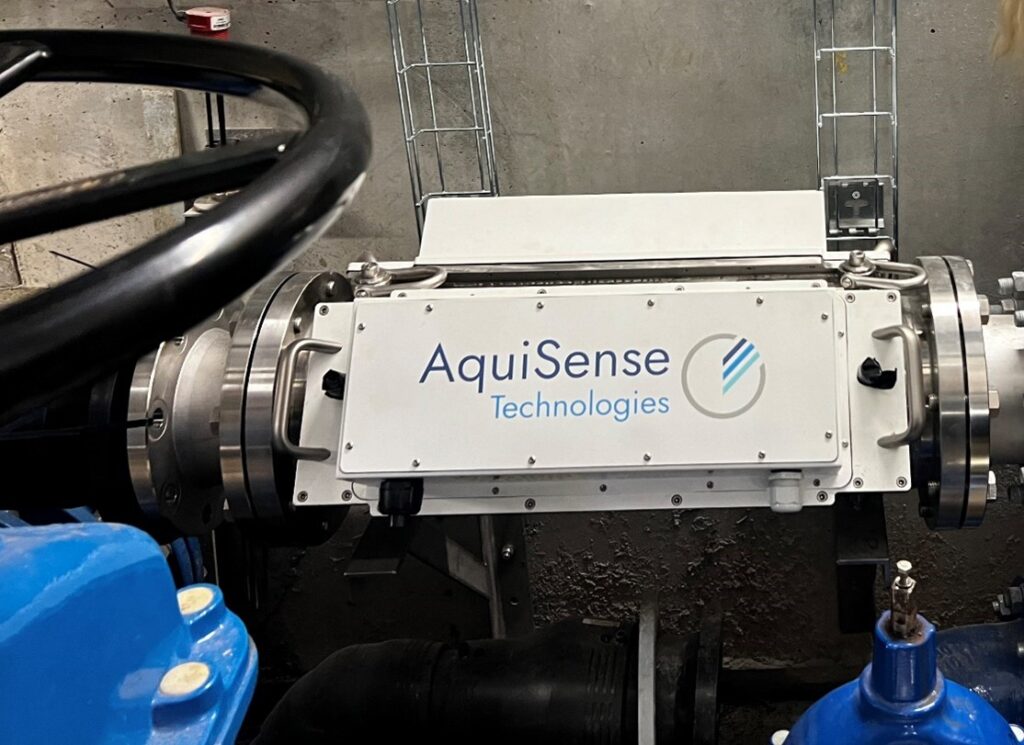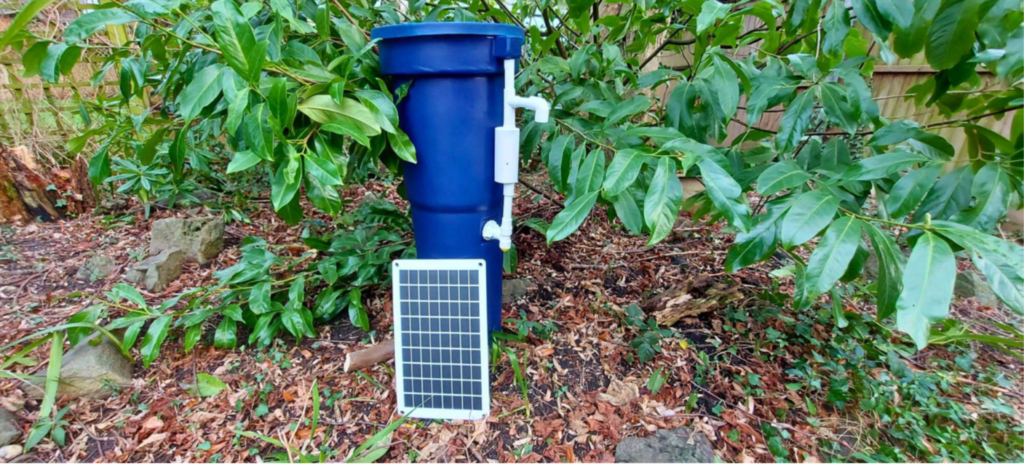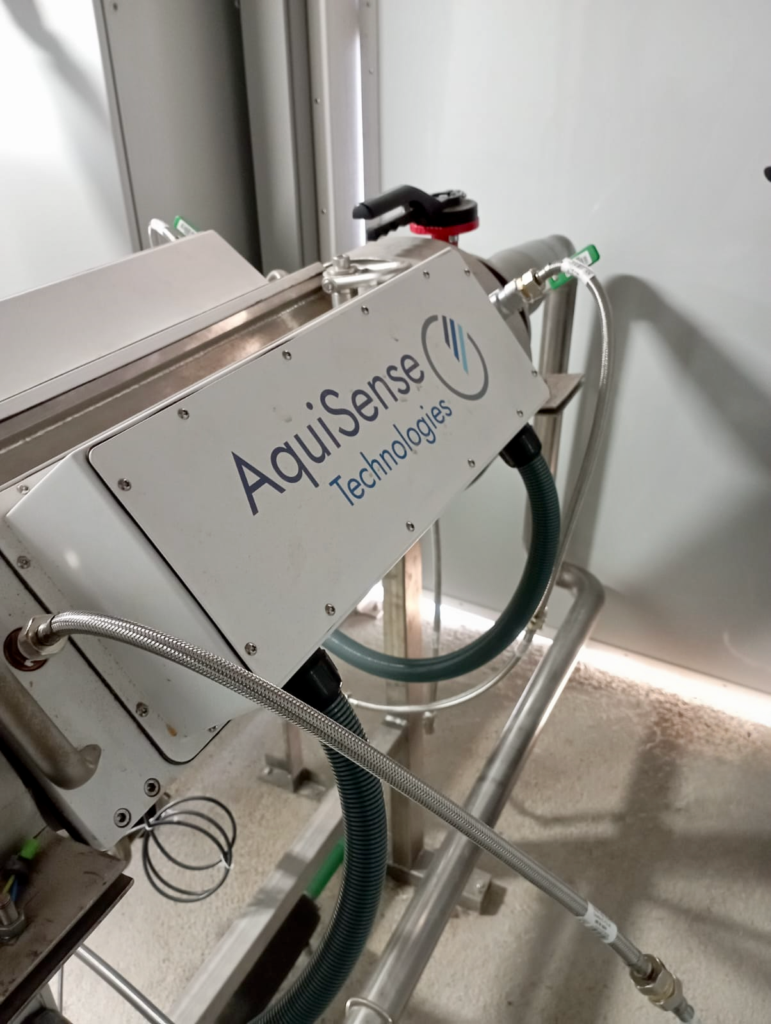Dalhousie Researchers Prove UV-C LED Efficacy in Wastewater Treatment
Overview
The gold standard for wastewater disinfection relies on UV light to destroy or deactivate harmful microorganisms like bacteria, viruses, and protozoa. During the final step of treatment, wastewater is bathed in a blast of ultraviolet (UV) light before returning to our waterways. It’s effective, but mercury vapor lamps that currently illuminate the process use a lot of energy, soil easily, and come with large price tags for maintenance, replacement and disposal.
Problem
Mercury UV lamps produce a lot of heat, and in a wastewater system, there is material in the water that builds up on them, causing fouling. This results in large operation and maintenance costs in cleaning the lamps, which is a significant burden on operations.
The mercury inside the lamps is a neurotoxin dangerous for people and the planet. The UN Environment Program’s Minamata Convention is set to ban mercury mining by 2032, ending the needed supply by the industry. Responsibly disposing of mercury lamps is costly and complicated, often causing stockpiled lamps, storage costs, and potential risks.
Innovation
The efficacy of UV-C LEDs for municipal wastewater disinfection was piloted using a large-scale installation at a functioning wastewater facility. An NSERC Alliance Advantage grant brought Dalhousie University, Halifax Water and a coalition of public and private organizations together with AquiSense, Incorporated.
The chemical and mercury free PearlAqua Kilo™ provides maximum environmental protection without risks to the people and the environment. It features a replaceable LED lamp that has stable UV-C output power, advanced cooling, and optimizes consistency and lifetime of the unit. A remote I/O interface for advanced analytic, and real-time UV intensity monitoring provides data on the systems’ performance. Instant on/off capabilities, unlimited on/off cycling and low maintenance, provides extended treatment without extra cost on parts, maintenance, storage or disposal. Targeted UV-C light without high temperatures minimizes effluence that fouls traditional mercury lamp systems.
Result
The PearlAqua Kilo™ full-scale, 280 nm UV-C LED reactor was tested for wastewater disinfection at flows of 545 and 817 m3 day−1. The system achieved a > 3 average log reduction of total coliform at 545 m3 day−1 and the 817 m3 day−1 flow rate achieved over a > 2.5 average log reduction for all operational conditions. The delivered fluence of the full-scale system ranged from 28 to 148 mJ cm−2 and aligns with a UV auditing study that was conducted prior to the installation of the wastewater reactor. Results benchmark the performance achievable by UV-C LED disinfection and further connect bench-scale disinfection results with full-scale performance.
Research demonstrates that UV LEDs are an effective wastewater disinfectant at-scale and are comparable to conventional mercury lamp systems. The PearlAqua Kilo™ is environmentally sustainable, more energy efficient, uses less space and has on/off capabilities that extend the lifetime of the LEDs. The capacity of UV-C LEDS can reduce capital investment and has substantial operational and maintenance savings over the lifetime of the system.
“In the next few years, we expect to see this UV LED technology used at full scale, and it could be transformative for Halifax Water and the entire industry,” says Dr. Krkosek, acting director of environment, health and safety with Halifax Water. “We are proud to be at the forefront of this research with Dr. Gagnon and Dalhousie and to know that our commitment to innovation will create greater operational efficiencies that will ultimately benefit our customers.”
https://www.sciencedirect.com/science/article/pii/S2589914724000264
https://www.awe.international/article/1893676/uv-led-breakthrough-change-global-wastewater-treatment



